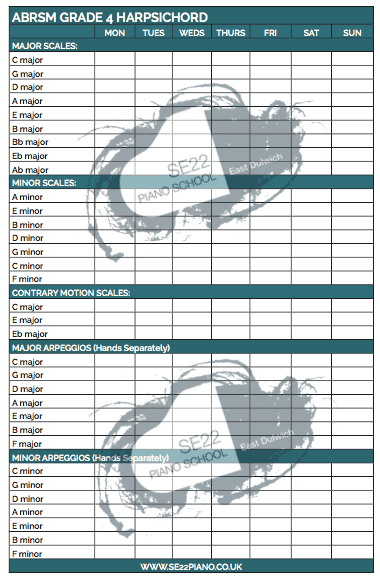We recommend that all new students have a suitable instrument before they start lessons. We recommend the fantastically priced Casio CDP-120H5 full-size digital piano. We have an instrument that we can loan to students that are starting lessons. This allows you to try the instrument for a fortnight before deciding whether to purchase one directly from the supplier.

Our loan instrument and recommended digital piano for beginners is a Casio CDP-120H5 Digital Piano available for £299.00.
Digital Piano Specifications:
Weight: 11.4kgs
Size (WxDxH): 1322 x 286 x 129mm
88 Note Scaled Hammer Action Piano Keys
Touch Response: 3 Sensitivity Levels, Off
48-Note polyphony
Real Piano Feel and Sound
Digitally Sampled Stereo Piano Tones
Lightweight design for Portability


